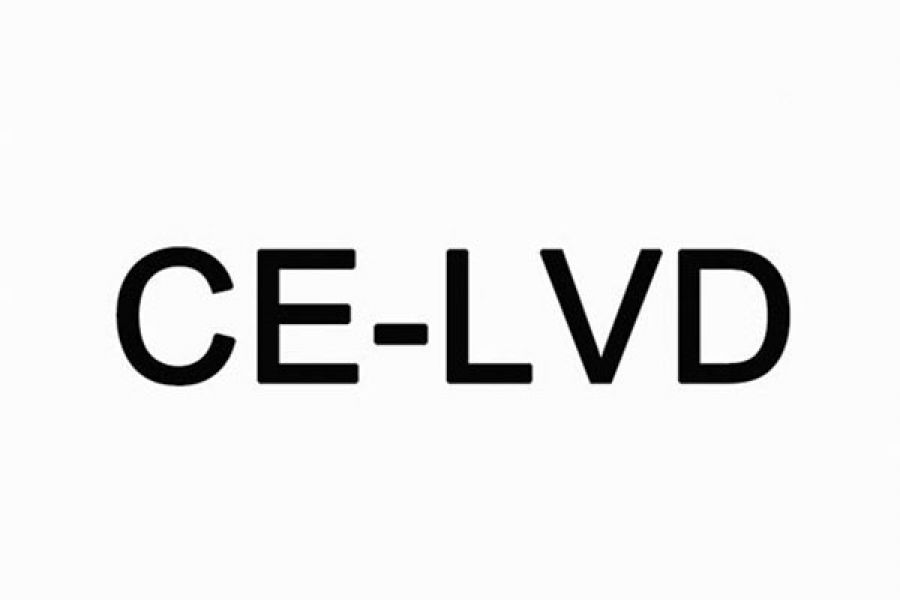CE-LVD certification

Details
1. Introduction to Certification
LVD Low Voltage Directive (LowVoltage Directive 2006/95/EEC), a directive on harmonizing the regulations of various member states for electrical equipment within a specific voltage (low voltage) range.
2. Certification mark

3. Product range
The Low Voltage Directive applies to all electrical equipment used in the range of AC 50V to 1000V and DC 75V to 1500V. This voltage range refers to the input or output voltage of the device and does not refer to voltages that may be present inside the device.
4. Certification Standards
| product | Safety standard | |
| power supply | Information technology ITE/audio and video AV power supply |
EN 62368-1 |
| Lighting power supply |
EN 61347-1 |
|
| Home appliance power supply |
EN 60335-1 |
|
| Medical power supply |
EN 60601-1 |
|
| Industrial power supply (electronic transformer) |
EN 61558-1 |
|
| End products | Information technology ITE/audio and video AV products |
EN 62368-1 |
| Lighting products |
EN 60598-1 |
|
| Home Appliances |
EN 60335-1 |
|
| medical products |
EN 60601-1 |
|
| Industrial (transformer) products |
EN 51558-1 |
|
| Electric tools |
EN 60745-1 |
|
| Battery | consumer battery |
EN 62133 |
| Power battery |
EN 62660-1 |
|
| electric car | Electric Bicycles and Personal Electric Vehicles |
EN 15194 |
5. Test items
| power test | Temperature rise test |
| needle flame test | ball pressure test |
| Leakage current test | Motor stall test |
| overload test | Working voltage test |
| Pressure test | High and low temperature test |
| Plug torque test | impact test |
| humidity test | Plug discharge test |
| Glow wire test state test | Component destruction test |
| Power cord pull test | Insulation resistance test |
| Ground Resistance Test | Roller drop test |
| Screw torque test | stability test etc. |
6. Certification process
1. Application ((1) fill in the application form, (2) provide information and send samples);
2. Quotation (according to the information you provide, there will be engineers to draw up the corresponding standards, test time and corresponding costs);
3. Payment (after the applicant confirms the quotation, sign the filing application form and service agreement and make payment);
4. Testing (the laboratory conducts a full set of tests on the applied product according to the relevant EU testing standards);
5. The test is passed and the report is completed;
6. After the project is completed, a CE certificate will be issued;
7. Certification cycle and validity period
Cycle: about 2 weeks. In special cases such as: abnormal test, incomplete samples, etc., it is necessary to increase the corresponding time according to the actual situation.
Validity period: depends on whether the standard has expired, if the standard expires, the certificate will expire accordingly, and re-certification is required.
8. Factory inspection
No factory inspection required
| EU CE/LVD certification |
|
· Test content: safety regulations |

 Scan WeChat to chat
Scan WeChat to chat